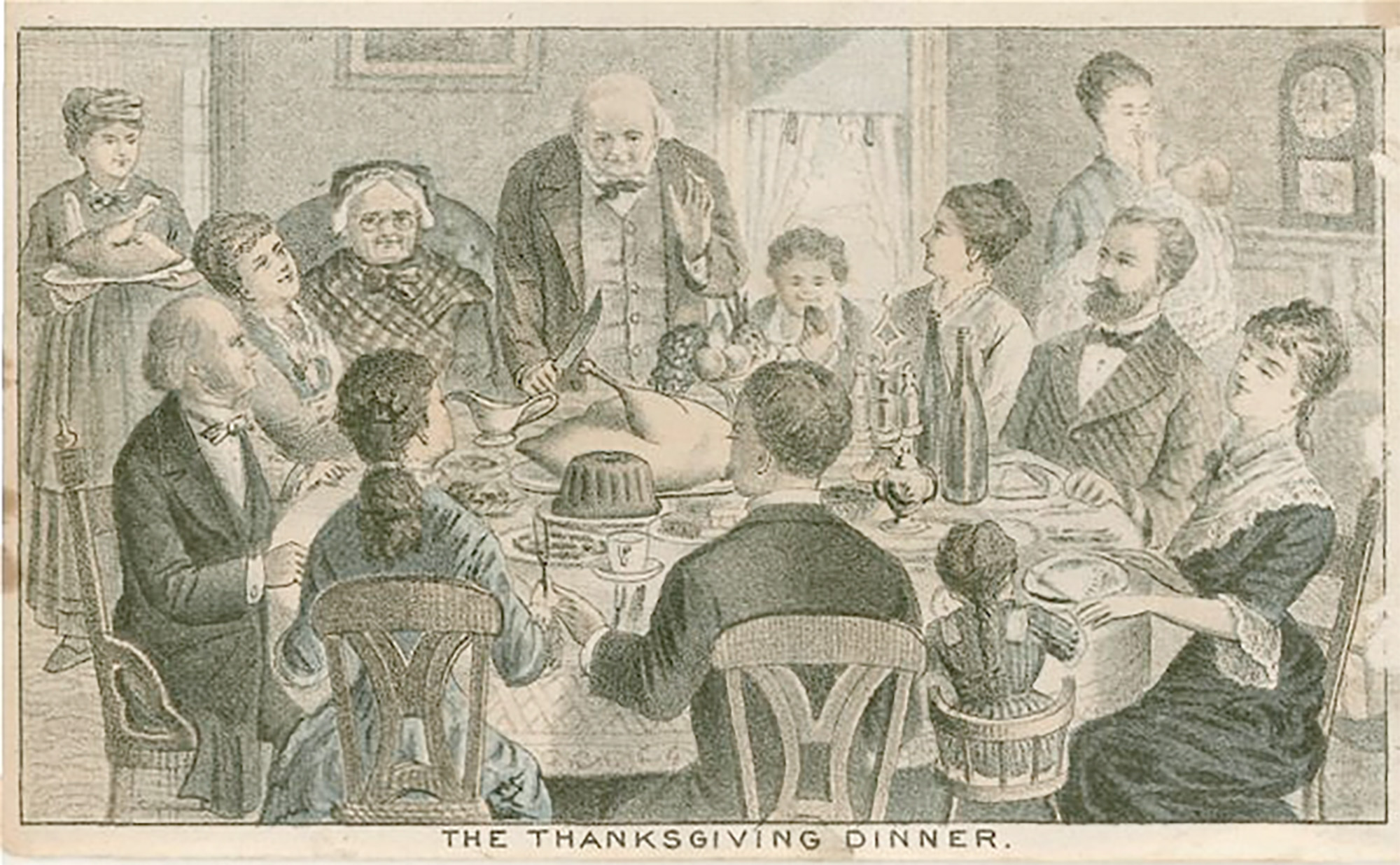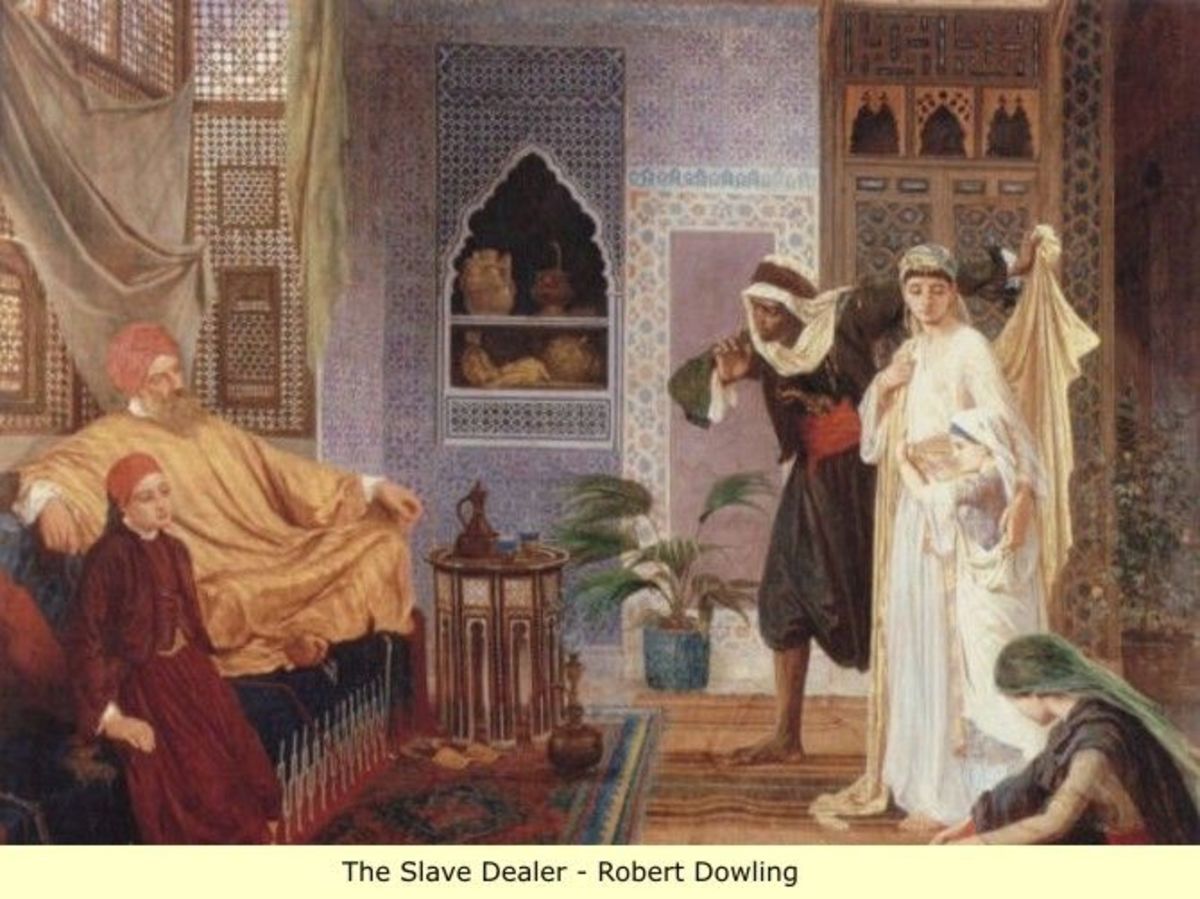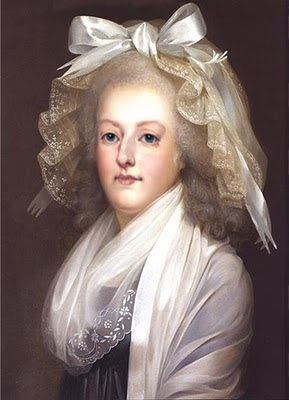From House and Garden:
Larders started out life as stone-walled storage areas where meat could be preserved by covering it in fat, but later on, by the 19th century, became more all-purpose places to prepare and store food. Before the days of glorious electric appliances like fridges and freezers, the world of the kitchen was a very different place, and in order to cool meat and dairy products, they had to be kept as well-insulated as possible from the warmth of the kitchen. Larders tend to be a little more compact than walk-in pantries or sculleries, which are rooms (separate from the kitchen) used for storing bulkier things like soft drinks, wine, canned goods and often also appliances, vases and tableware.
Named a ‘larder’ because of the ‘lard’ that was historically used to preserve meats, the rooms tended to feature cool quarry tiled flooring, a fixed metal window (perforated to let in the cold air), stone slabs or ‘thrawls’ to keep food fresh, pine shelving, and pale blue walls because Victorians reportedly believed that it kept the flies away. Ice would harvested in the winter and kept in the larder surrounded by layers of hay insulation to retain its coldness all through the warmer months. Victorian pantries would have been managed by the ‘pantler’ or ‘pantry butler.’
Many kitchen designers have now started incorporating freestanding or built-in larders into their schemes: floor-to-ceiling cupboards, sometimes deeper than the surrounding kitchen cabinets, which include shelving, drawers, and often a countertop as well. The range of freestanding and built-in pantries by Smallbone is particularly nifty, and they're available in a wide range of finishes including sustainable European oak, rosewood, mahogany, American walnut and maple. (Read more.)
Share




































